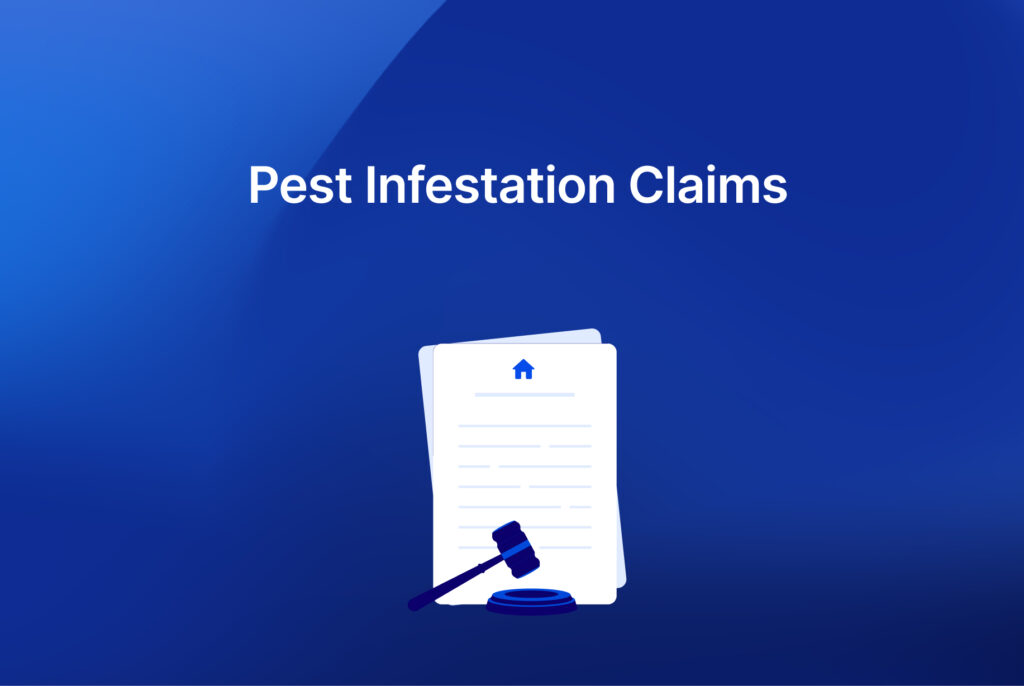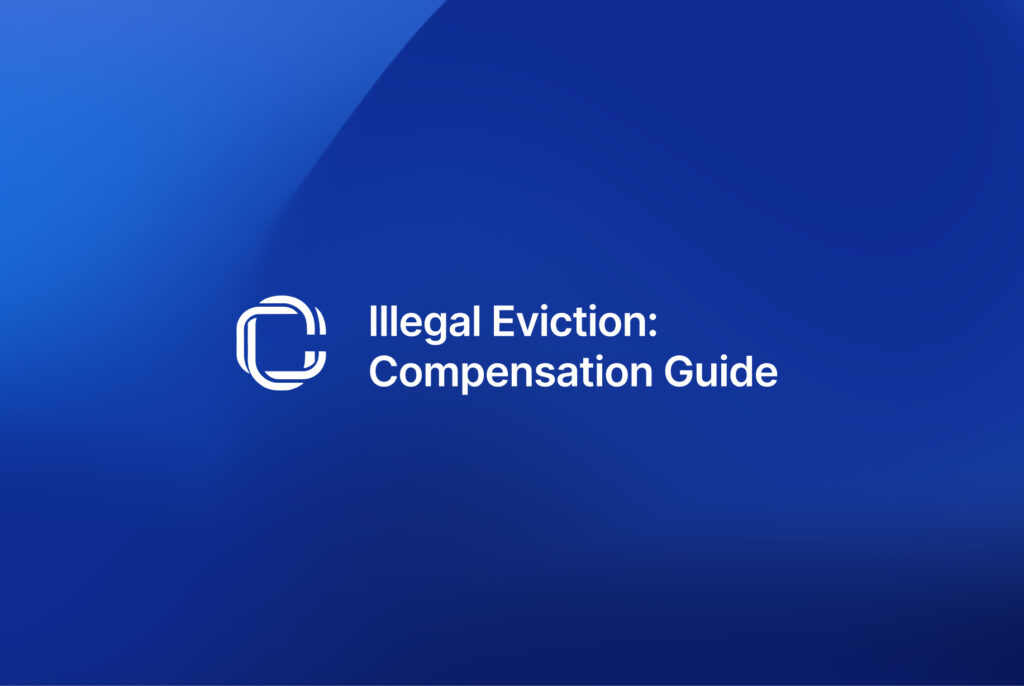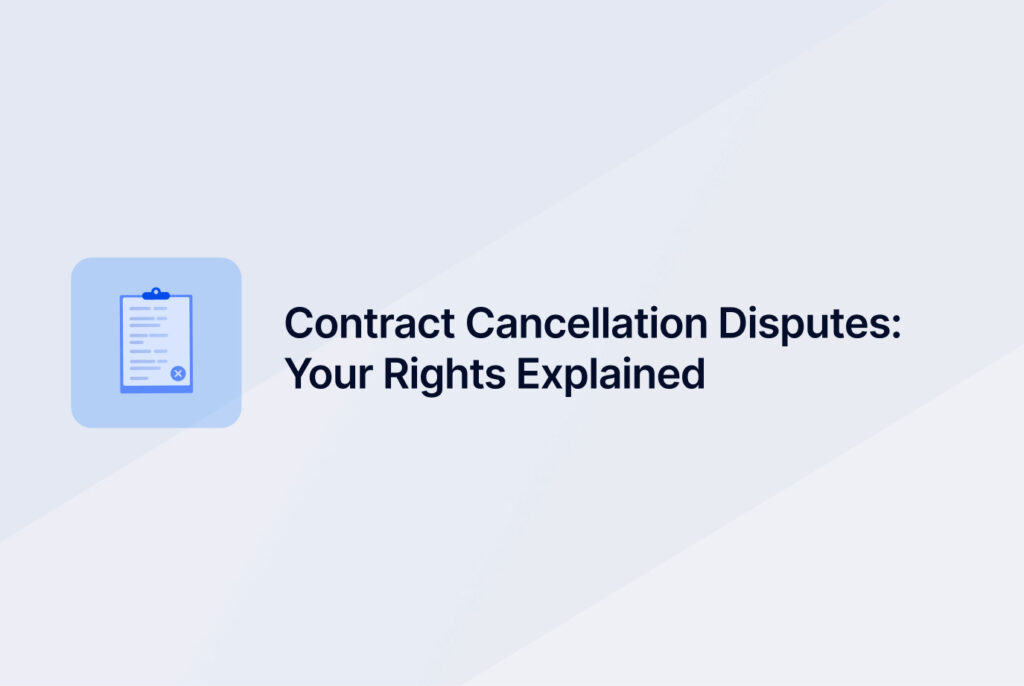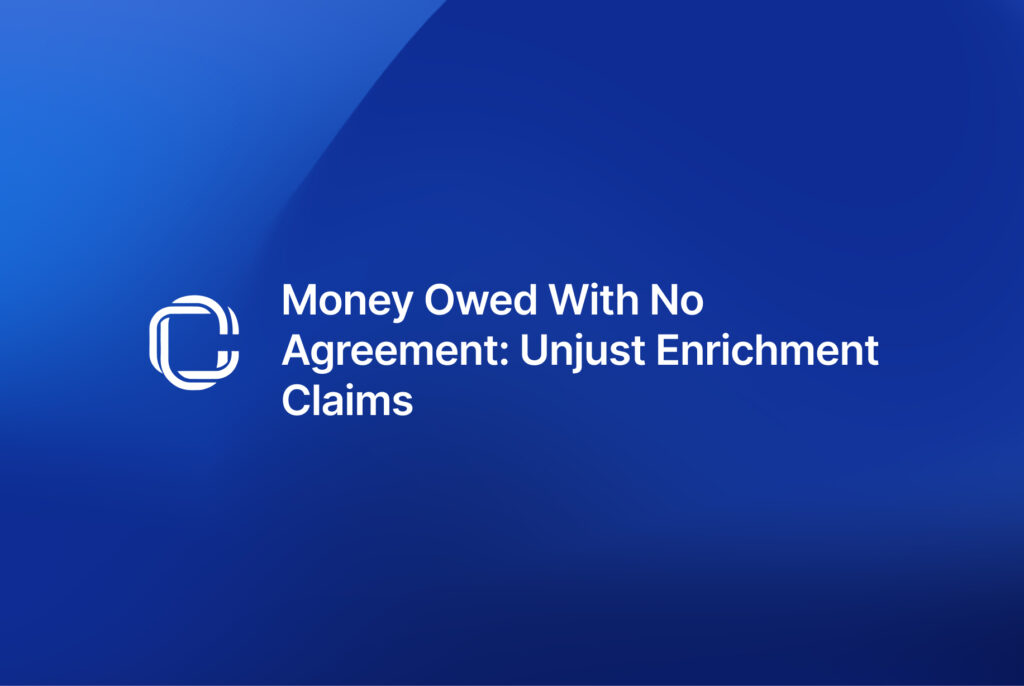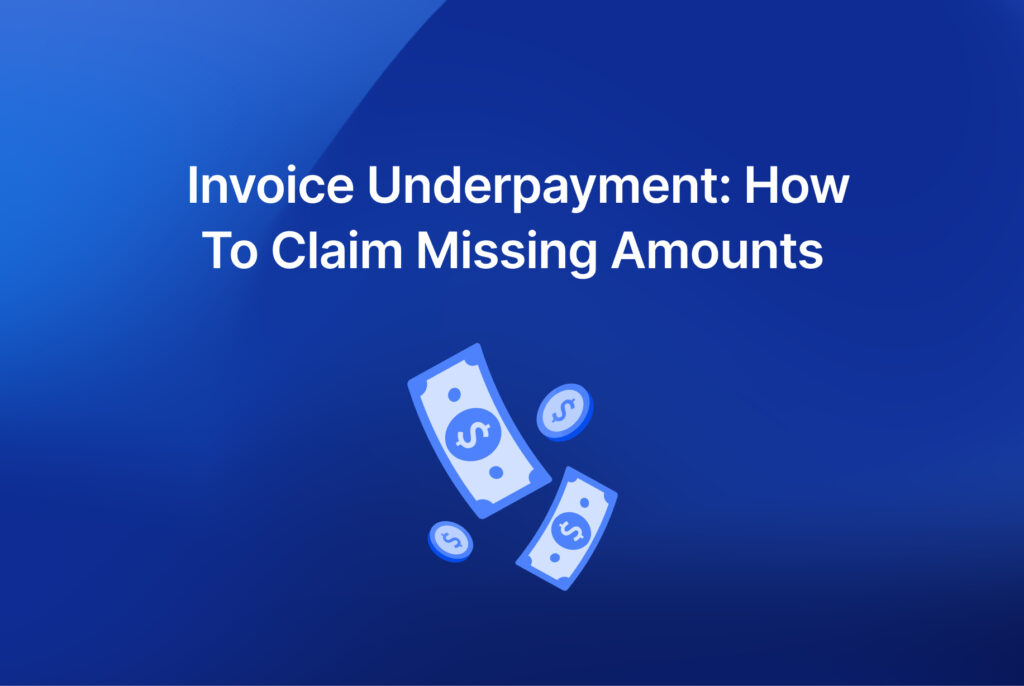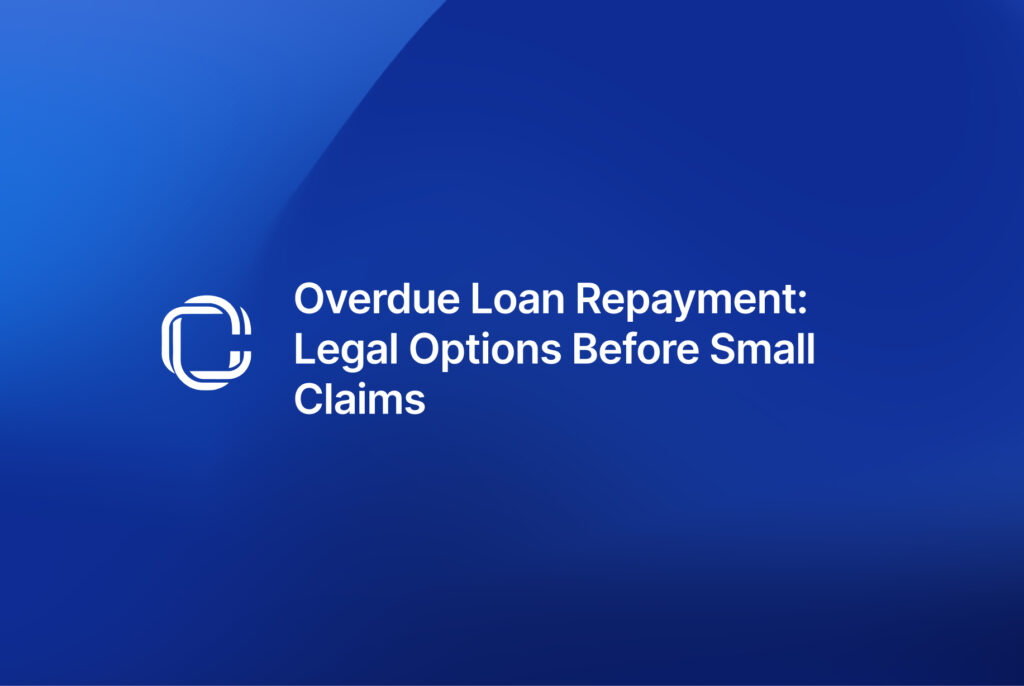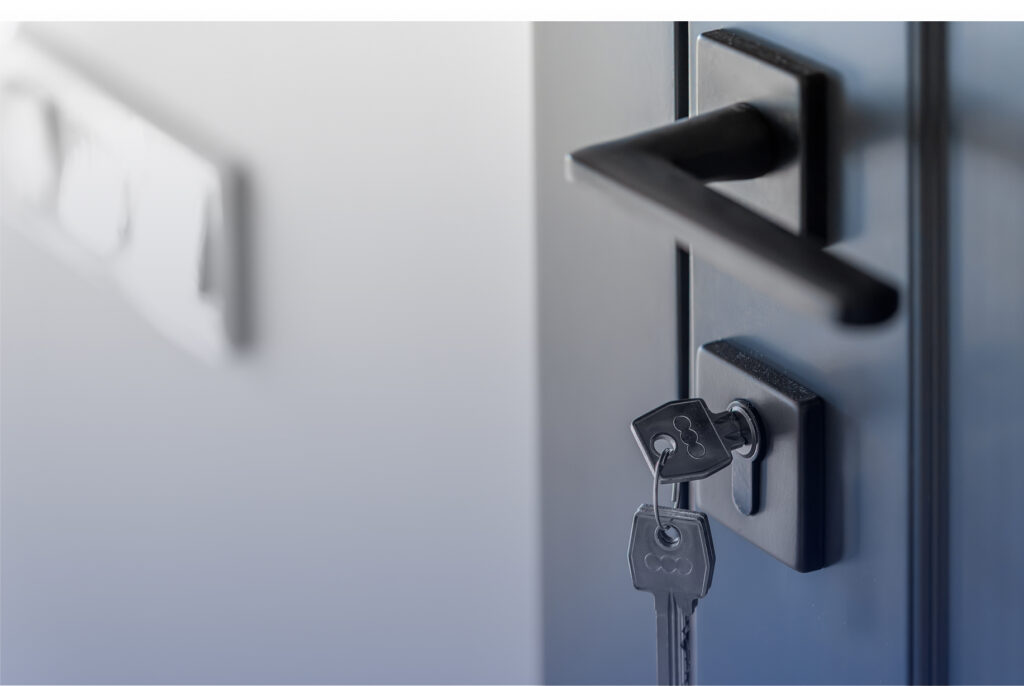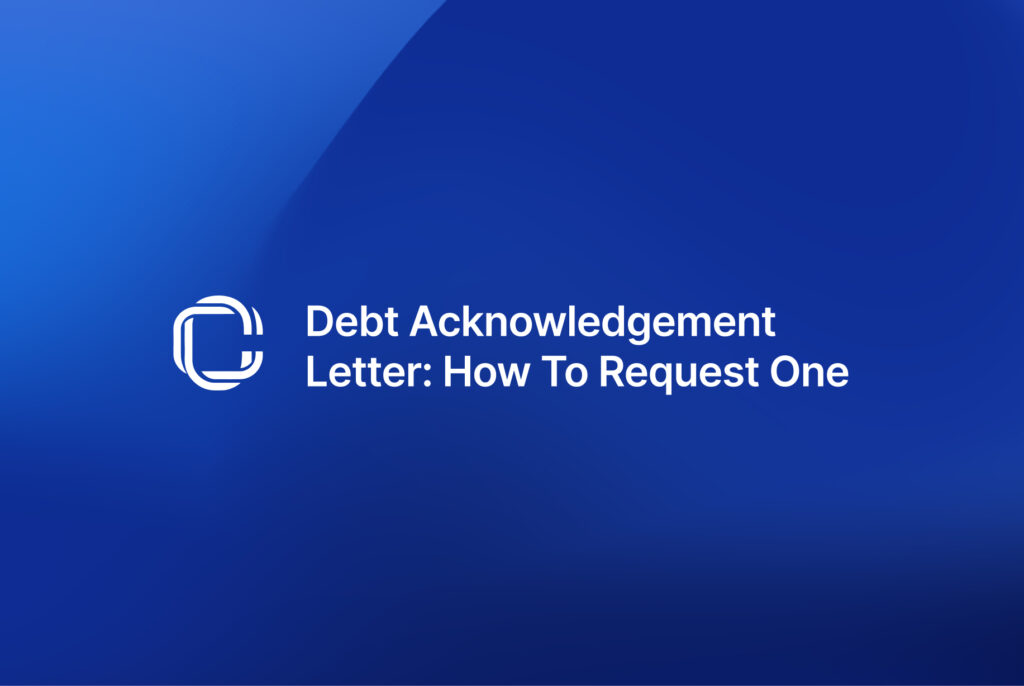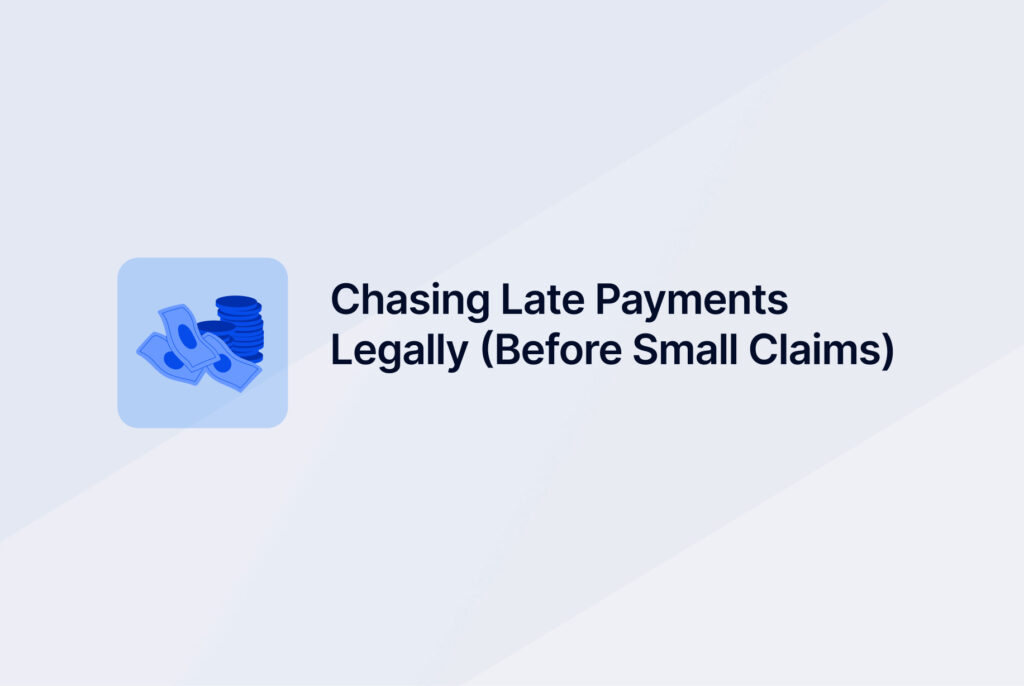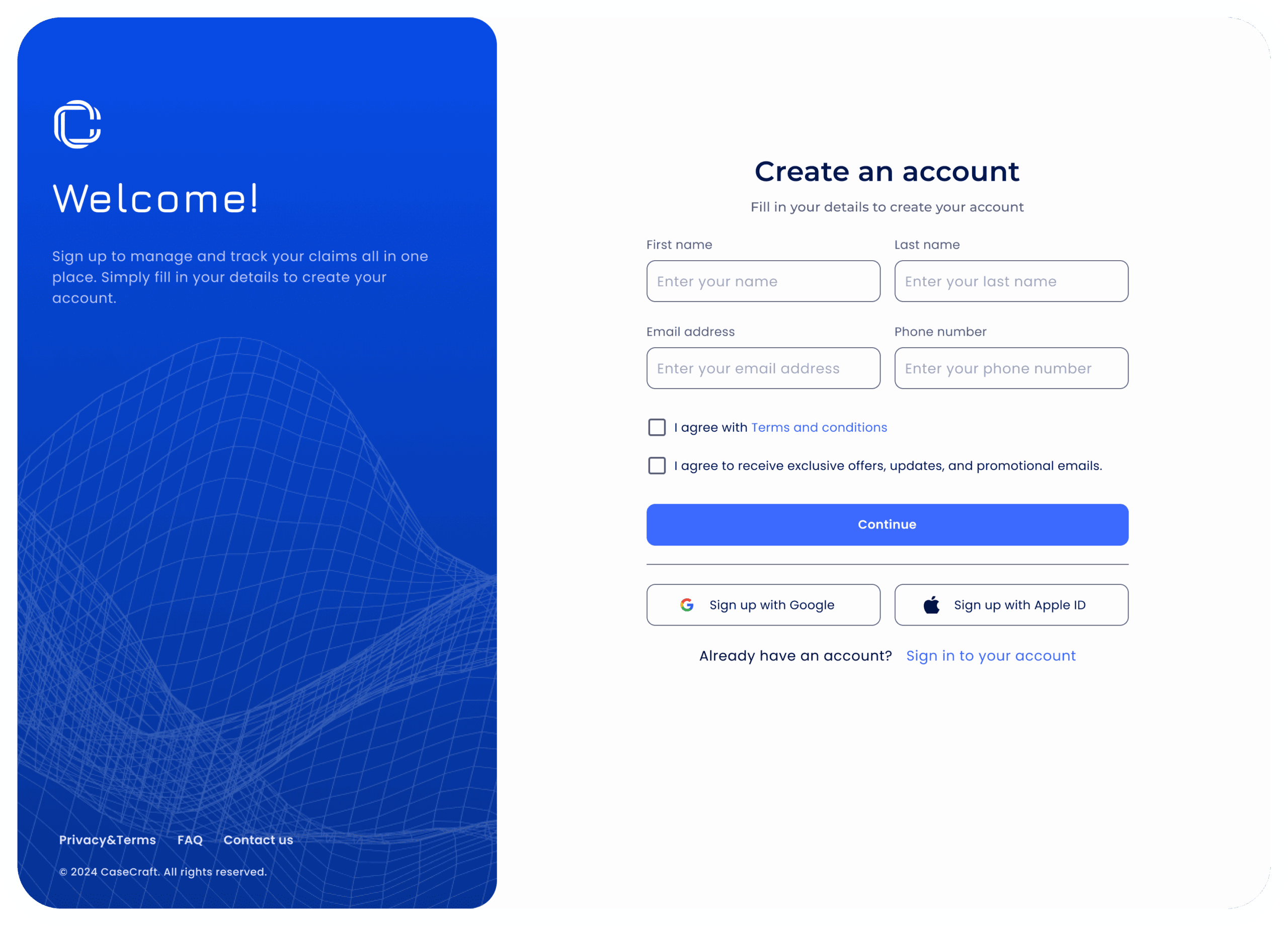Discover how shared ownership works in the UK, from costs to staircasing, with clear pros, cons, and pitfalls every buyer should know.
Shared ownership has become a crucial part of the housing market in the UK in recent years. Rising house prices and stretched affordability mean many would‑be buyers cannot save a deposit big enough for a traditional mortgage. Through the shared ownership scheme, you can buy a share of a property and pay rent on the share you don’t own. The scheme is backed by the government and is available on new‑builds or resales; it is an important stepping‑stone onto the housing ladder, but it also comes with strings attached. This guide explains how shared ownership works, what it costs, who qualifies and the benefits and pitfalls to consider, then looks at how small‑claims disputes can arise and how CaseCraft.AI‑powered platform, can help you assert your rights.
What Is Shared Ownership?
Shared ownership is a government‑backed affordable housing scheme available across England. Instead of buying a home outright, you purchase a share – usually between 10% and 75% of a property’s market value. You then pay a subsidised rent on the remaining share to the landlord, normally a housing association or local authority. The rent is limited to 3% of the landlord’s share, and most landlords charge around 2.75 %. Because you’re only funding part of the purchase, your deposit and mortgage are based on the value of your share rather than the full market value, making it more accessible for people on lower incomes.
All shared ownership homes are leasehold, which means you own the property for a set number of years (often 99 years or more) but do not own the land it stands on. Leasehold ownership means you will have to pay ground rent, service charges and sometimes an estate charge on top of your mortgage and rent. For new long leases granted on or after 30 June 2022, the tenant’s share must be charged at a peppercorn ( £0 ) under the Leasehold Reform (Ground Rent) Act 2022. You’ll still pay rent on the landlord’s retained share (the unsold equity), which is separate from ground rent and continues as normal.
The properties can be new‑builds, resold shared ownership homes or, in rare cases, adapted homes for people with long‑term disabilities. In Northern Ireland, Scotland and Wales, there are separate shared ownership rules.
Important: This guide covers England’s shared ownership scheme – Scotland, Wales, and Northern Ireland have separate schemes with different rules.
How Does Shared Ownership Work?
When you buy into shared ownership, you agree a purchase price with the landlord, pay a reservation fee of up to £500 to hold the home and then exchange contracts. You usually need a deposit of 5% – 10% of the value of the share you are buying. On completion, you become a leaseholder and begin paying:
- Mortgage repayments on your share. The mortgage is smaller than it would be for full ownership because you are only borrowing for the share you own.
- Rent on the remaining share. For new‑build homes, the rent is capped at 3% of the landlord’s share, and most providers charge 2.75%, which works out at £550 a month on a £400,000 home if you own 40%. Leases signed before 12 October 2023: Maximum increase is RPI + 0.5%, with a minimum 0.5% increase even if RPI is negative. Leases signed on/after 12 October 2023: Check your lease terms – increases will be either RPI + 0.5% OR CPI + 1% (if CPI falls below -1%, rent can stay the same)
- Service charge, estate charge, management fee and repairs reserve fund. These cover maintenance of communal areas, estate roads and long‑term repairs. The landlord will provide a key information document detailing these costs before you reserve the property.
What Мakes You Eligible for a Shared Ownership Property?
The scheme is designed for people who cannot afford to buy a suitable home on the open market. According to government guidance, to qualify, you must:
- Have a household income of £80,000 or less (or £90,000 or less in London).
- Be a first‑time buyer, someone who used to own but can no longer afford to, or forming a new household after a relationship breakdown. Existing shared owners and homeowners looking to move but unable to buy outright may also qualify.
- Provide proof that you can afford the monthly mortgage, rent and service charges. Some providers require you to live or work locally.
- If you already own a property, you must have agreed a sale (sold subject to contract) and complete the sale on or before completion of the shared ownership purchase.
There are specialist schemes for older people (Older Persons Shared Ownership) which cap ownership at 75% so you pay no rent after reaching that share, and for disabled people who need an adapted home. Members of the armed forces may receive priority if multiple households apply for the same property.
How to Buy a Shared Ownership Home
Buying through shared ownership involves four main steps:
- Check eligibility – confirm you meet the criteria outlined above and that you cannot afford a suitable home on the open market.
- Find a home – search via housing associations, local councils, developers or national property websites. London has a dedicated Homes for Londoners website.
- Reserve your home – once you’ve found a property and passed affordability checks, you pay a reservation fee (up to £500), which is deducted from the purchase price on completion.
- Choose a legal representative – appoint a solicitor or licensed conveyancer to handle the contract, explain lease terms and arrange your mortgage.
The landlord will send you a key information document detailing the costs and responsibilities before you commit.
Cost of Shared Ownership
Beyond the purchase price and rent, shared ownership involves various costs that should not be underestimated:
- Deposit and reservation fee: You need a cash deposit of 5%–10% of your share and a reservation fee (usually up to £500).
- Mortgage and interest: Your monthly mortgage depends on the value of your share and the interest rate; lenders will assess your affordability.
- Rent: Charged on the landlord’s share at typically 2.75% of its value and reviewed annually.
- Service charges and estate charges: These cover communal maintenance, cleaning, lighting, gardening and estate roads. You may also pay a management fee to the landlord.
Reserve (sinking) fund: You might contribute to a sinking fund for major works such as roof replacement. Money in this fund is generally non‑refundable if you sell. - Insurance and utilities: You must arrange buildings insurance and pay council tax, utilities and contents insurance.
- Stamp duty land tax (SDLT): You can choose to pay SDLT on the full market value to benefit from first‑time buyer relief or pay on the value of the share purchased, but further SDLT may become due if your ownership exceeds 80%.
- Conveyancing and valuation fees: You must pay your own legal fees and, when staircasing or selling, the cost of valuations by a Royal Institution of Chartered Surveyors (RICS) surveyor.
What Does ‘Staircasing’ Mean in Shared Ownership?
Staircasing is the process of buying additional shares in your home after you’ve moved in. Under rules introduced on 1 April 2021, many buyers can now buy 1% shares each year for the first 15 years.
The cost of each new share is based on the property’s current market value at the time you buy. A RICS‑registered surveyor must value the property, and you or your landlord may have to arrange and pay for the valuation. Landlords in the UK may charge an administration fee each time you staircase. If you’ve carried out improvements with written permission, the price for additional shares is based on the unimproved value; without permission, the price is based on the current market value, including improvements.
How Valuations Work When You Staircase
Standard staircasing (5%+ shares, or 10% on some older leases). Extra shares are priced from your home’s current market value, set by an independent RICS surveyor at the time you buy. You’ll usually pay the valuation and your legal fees. The price you pay moves with the market.
1% gradual staircasing (new model from 1 April 2021). If your lease allows it, you can buy 1% a year for the first 15 years. Each 1% tranche is priced using your original purchase value indexed by the official House Price Index (HPI)—not a fresh RICS valuation. Either party can choose to use a RICS valuation instead of HPI (the requester pays), and that RICS figure then becomes the baseline for future HPI calculations. Unused 1% options don’t roll over, and you can’t bundle them (no 2–4% tranches).
Selling a Shared Ownership Home
You can sell your shared ownership property at any time. The process depends on how much of the home you own:
- If you own 100%, you can usually sell it on the open market through an estate agent.
- If you own less than 100%, you must notify the landlord. They have a nomination period (typically 4–12 weeks) to find a buyer for your share. If they cannot find a buyer, you can then sell on the open market.
The sale price is based on an independent RICS valuation. Landlords may charge a fee for selling the share, and you will also need to pay your own legal costs. If the property is in a designated protected area, the landlord may be required to buy back the share or find another buyer themselves. The lease may also restrict who you can sell to, so always check the key information document and get professional advice.
Is Shared Ownership Right for You?
Shared ownership can be a route onto the property ladder for people who might otherwise be priced out. However, it is not always the cheapest option in the long term, and you should consider whether it suits your circumstances:
- Affordability: The lower deposit and smaller mortgage make it easier to buy a share, but you still pay rent and service charges. In some cases, the combined mortgage and rent can be as high as or higher than a full mortgage. Budget for future rent increases and rising service charges.
- Long‑term plans: Staircasing to 100% ownership can take many years and costs extra in valuation and legal feeс. If your goal is to own outright quickly, the scheme may not be ideal.
- Flexibility: If you need to move frequently, shared ownership may be restrictive because the landlord has first refusal when you sell, and not all properties are eligible. If you plan to stay for the long term, the scheme offers security because leases often run for a long period of time.
- Location: Shared ownership homes are not available everywhere, and demand is high. You may have less choice over location.
- Legal complexity: You remain a tenant until you own 100 %. Failure to pay rent or breaking lease terms can lead to eviction, and you could lose your investment
What Are the Advantages of Shared Ownership?
Independent home‑buying guides highlight several benefits:
Lower deposit and easier mortgage: Because you buy only part of the property, your mortgage is smaller and your deposit is calculated on the share’s value. This makes it easier to save a deposit and obtain a mortgage.
Access to the property ladder: Shared ownership lets first‑time buyers and those on lower incomes buy a home they otherwise couldn’t afford. You can get a foot on the ladder and start building equity.
Subsidised rent: The rent on the landlord’s share is usually lower than private rents. Combined with a smaller mortgage, monthly costs may be comparable to or cheaper than renting.
Staircasing flexibility: You can buy additional shares over time and, in some newer leases, buy 1% shares annually. Eventually, you may own 100% and stop paying rent.
Potential capital growth: As property values rise, the value of your share can increase. You can sell your share at any time and benefit from any capital growth.
Repair period and warranties: New‑build shared ownership homes often come with a 10‑year warranty or initial repair period during which the landlord covers some structural repairs. This reduces maintenance costs in the early years.
What Are the Disadvantages of Shared Ownership?
There are also significant drawbacks to consider:
Rent and charges continue until you own 100%: You must pay rent on the landlord’s share and full service charges, ground rent and other fees regardless of your share size. Even owning a 25% stake does not reduce your contribution to communal costs.
Leasehold restrictions: Shared ownership properties are leasehold; leases with shorter terms can be difficult to sell, and extending them is expensive. Alterations often require landlord consent.
Limited mortgage options: Fewer lenders offer shared ownership mortgages, though availability is improving.
Difficulties selling: You must give the landlord first refusal and may face delays if they cannot find a buyer. Some leases restrict sales to certain buyers or areas.
Continued tenant status: Until you own 100%, you remain a tenant and could be evicted for non‑payment or other breaches.
No subletting: You cannot sublet the whole property unless you own it outright or have landlord permission. You may take a lodger, but you must continue living there.
How CaseCraft.AI Helps with Shared Ownership Disputes
While shared ownership opens a pathway to home ownership, it can also lead to disagreements. Examples include disputes over service charges, rent arrears, repairs, valuation fees or breaches of lease terms. Many of these issues fall within the small claims track, which handles straightforward disputes involving amounts under £10,000. Taking a claim to court can be daunting, time‑consuming and expensive, especially if you are unfamiliar with legal procedures.
Pricing is transparent: you pay a £15 processing fee upfront and a 10% success fee only if you win. By streamlining the process, CaseCraft.AI saves time and can increase your chances of success.
Disclaimer: This article is provided for general information purposes only and does not constitute legal or financial advice. While every effort has been made to ensure the accuracy of the information at the time of writing, laws, regulations and eligibility criteria may change. You should always seek independent professional advice before making decisions about shared ownership or pursuing a small claim.
FAQ: Shared Ownership
How does shared ownership work in the UK?
You buy a share of a leasehold property, usually 10% to 75%, and pay subsidised rent on the remainder. You also pay service charges and can later buy more shares through staircasing.
What are the main advantages of shared ownership?
It reduces the deposit needed, offers lower rent than the private market and allows gradual staircasing. It helps first-time buyers access homes they could not afford outright while building equity over time.
What are the key drawbacks of shared ownership?
You still pay full service charges, rent continues until you reach 100% ownership, leases can be restrictive and staircasing incurs valuation and legal fees. Selling can also be slower due to landlord nomination rights.
Can disputes arise in shared ownership and how can they be resolved?
Yes. Issues often involve service charges, repairs or valuation fees. Many fall within the small-claims limit. CaseCraft.AI helps organise evidence, draft documents and track deadlines, making it easier to pursue or defend a claim.




